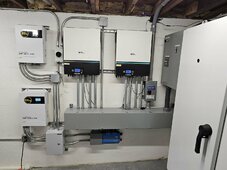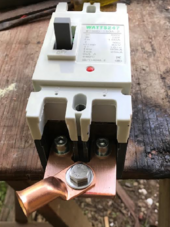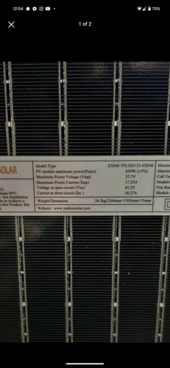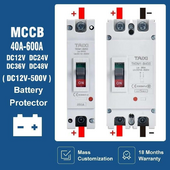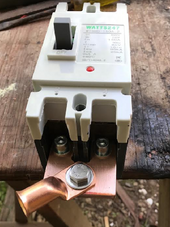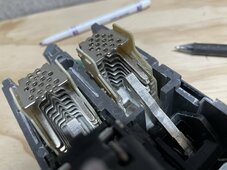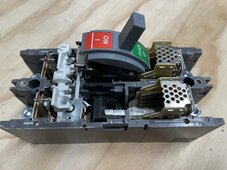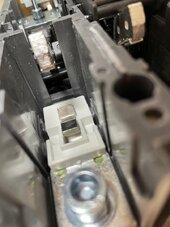Hedges
I See Electromagnetic Fields!
- Joined
- Mar 28, 2020
- Messages
- 21,034
Don't think that is due to resistance, rather to discourage disconnecting.
Keep existing ground configuration. Consider bonding also to any gas and water pipes. Jumpers around any dielectric union.
Our utility wants the bond to gas pipe some distance from the meter and its vents. Wonder why?? It threw a spark when I touched ground wire to it.
I think gas pipe provides a parallel connection to neutral wire between houses.
Keep existing ground configuration. Consider bonding also to any gas and water pipes. Jumpers around any dielectric union.
Our utility wants the bond to gas pipe some distance from the meter and its vents. Wonder why?? It threw a spark when I touched ground wire to it.
I think gas pipe provides a parallel connection to neutral wire between houses.



